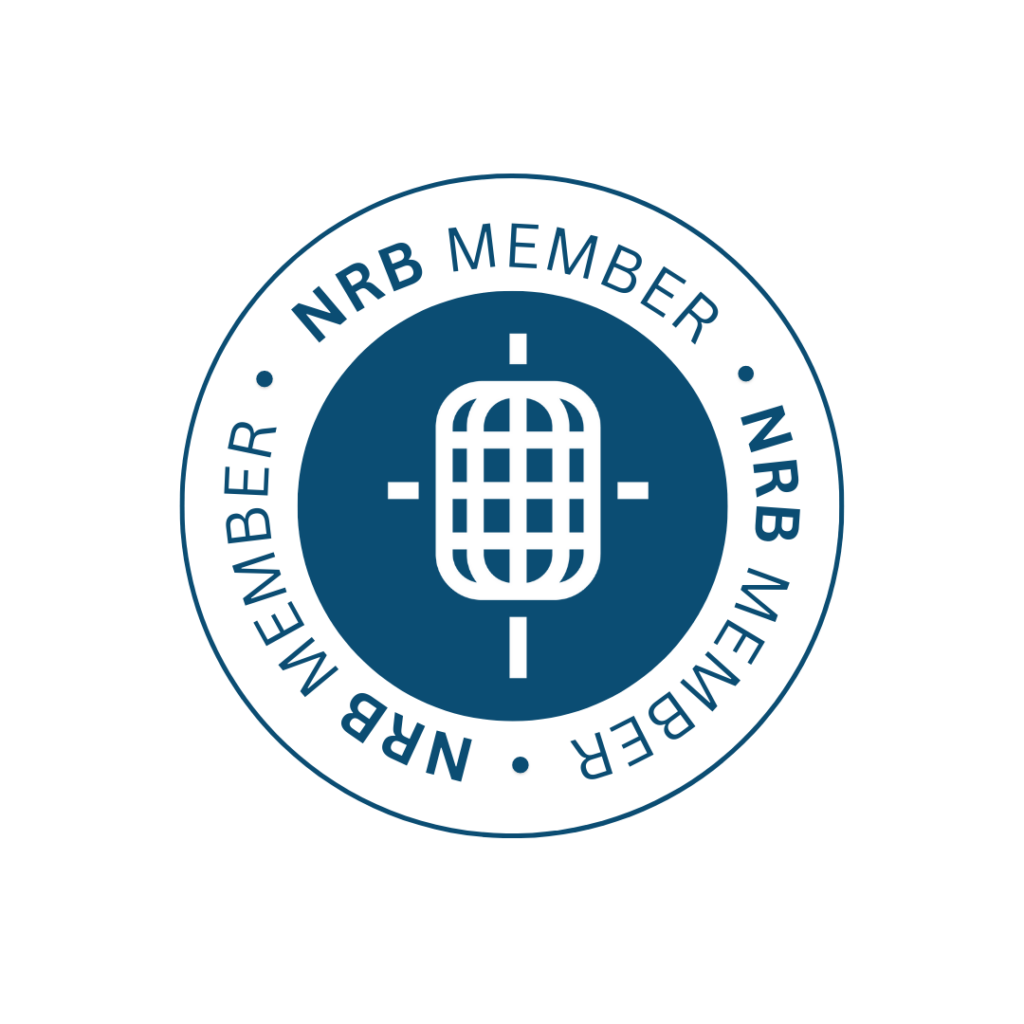Fundraising In Challenging Times: Tips For Success
Amy Sewell and Wiley Stinnett
As a seasoned fundraiser yourself, I’m sure you know that your donors give because they are aligned with your shared mission. And through your continued communication with them—sharing the impact of their gift and informing them of other needs you might have—they will likely prioritize giving to advance your cause.
We want to offer 10 tips that could help you continue fundraising successfully, even when everything around you feels uncertain—financial or otherwise.
1. Keep your donors front and center.
Donors are real people, and practicing donor care is important—especially through uncertain times. There is a good chance these donors are experiencing some of the same financial concerns as your organization, so taking the extra time to listen and engage with them as you weather the storm together can be helpful. Some additional points to ponder on this topic:
- Do you have a person answering the phone number you use for donor communications? If not, think about it—maybe not all year round, but certainly during busy seasons.
- Practice the low-hanging fruit of donor care . . . receipting quickly, thank-you calls, check-in calls, invitations to special events, etc.
2. Audit your gift acknowledgement process.
One question to consider is: How long does it take for a donor’s gift to be processed and receipted? (Gold standard = 24-48 hours)
Sending print receipts for all gifts—both on and offline—has proven to be an effective tactic. We have seen significant increases to receipt giving just by receipting everyone.
Is your receipt copy timely and appropriate? Do you articulate how the donor’s gift was used and the impact they had?
Include an envelope AND a reply device for their next gift. It’s not pushy; it’s a courtesy to the donor.
3. Balance different types of communication.
As you may know, a diverse communication strategy tends to be more effective rather than all appeals all the time. Sending stories, photos, videos . . . can really balance out your appeals. If you’re a faith-based organization, prayer requests also fit nicely into your messaging.
4. Communicate frequently.
In emergency situations, it’s okay to increase the frequency of communication with your donors. Often, these situations change regularly, and your donors are interested in updates—even if that requires you to reach out more than you typically do.
5. Don’t be afraid of not knowing all the answers.
In an emergency, it’s okay to let people know you’re still figuring out exactly what your response to crises will be . . . Not sure how many people will need help? Not sure exactly what the most pressing needs are right this second? That’s okay! These are opportunities to reinforce that you’re on the ground, in the midst of crisis, and you’re doing everything you can—with the donor’s help—to meet the needs of the people who are struggling. Then, you can share more details as they become solidified.
6. Review your offer and address any updates.
Maybe it is time to strengthen your appeals.
7. Personalize as much as you can.
This means collecting and acting on data that will help you better understand your donors’ connection to your organization. Then, you can use your findings to better craft communications to each donor.
8. Create a communications calendar.
This essential tool helps ensure the right message is going out to the right audience through the right channel. It will help your donors feel like their communications stream is tailored specifically for them and that you know who they are.
9. Don’t cut back.
One major lesson we learned from the 2008 recession was that organizations who cut back to save on fundraising expenses did not fare as well financially as those who kept their fundraising plans consistent with prior years. Ultimately, the organizations that fared best were those that invested in growth.
10. Utilize every channel.
You may have different communication channels available for you to use. But we encourage you to avoid replicating your messaging; consider creating a plan of communication and thinking through how your various channels can work together to communicate your message and needs harmoniously.
Related articles
-
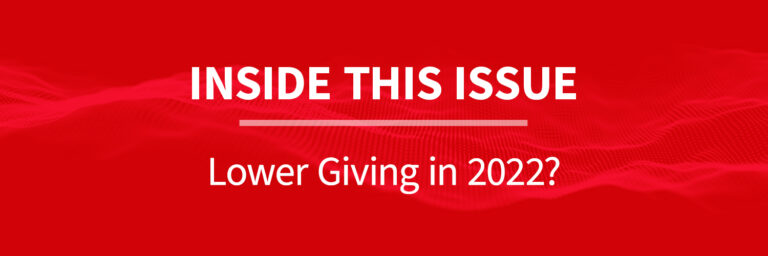
Inside the Issue: Is Your Giving Down This Year?
Many organizations are experiencing lower giving in 2022 than at any time in the past three years. Almost everyone we…
-

No Matter What, Keep Fundraising
As stewards responsible for thousands of donors, these relationships may feel overwhelming, even in optimistic seasons. But nagging uncertainty has…
-
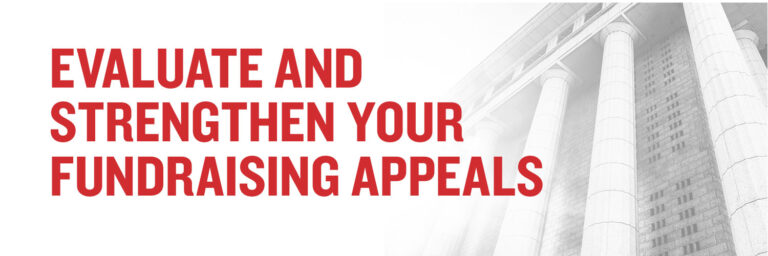
Evaluate and Strengthen Your Fundraising Offer
This year’s buzzword: Uncertainty. A year filled with twists and turns . . . and if we are guaranteed one…




